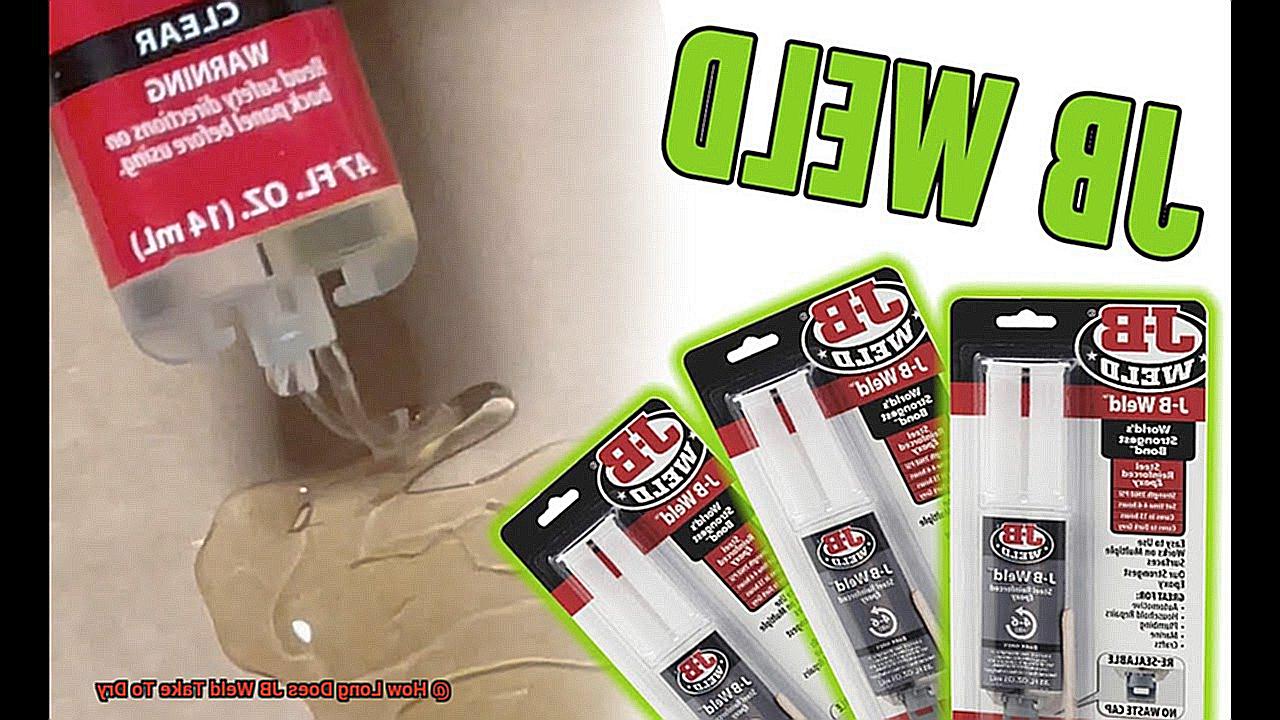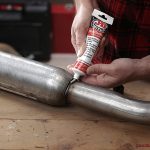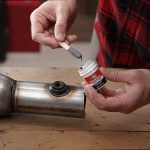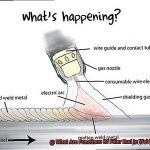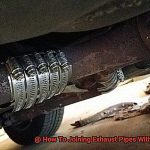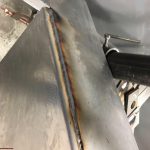Are you tired of waiting for hours, or even days, for your bonding agent to dry? Say goodbye to the waiting game and hello to JB Weld – the ultimate solution for fast and reliable repairs. But how long does it take for JB Weld to dry, you may ask? Well, that depends on a few factors.
Let’s start with the different types of JB Weld. For instance, the original formula can take up to 24 hours to fully cure. However, if you’re in a hurry, JB Weld KwikWeld variant dries in just 4 hours. Meanwhile, larger repairs or industrial projects may require JB Weld SteelStik or JB Weld WaterWeld – both of which can take up to 5 hours to dry completely.
Temperature and humidity also play a crucial role in the drying time of JB Weld. If you’re working in high temperatures with low humidity levels, then the drying process will be accelerated. Conversely, cooler temperatures and higher humidity levels will slow it down. It’s important to keep in mind that using JB Weld below 50 degrees Fahrenheit might affect its bonding strength.
So, understanding how long it takes for JB Weld to dry is essential for ensuring a successful repair that lasts. By taking into account the type of JB Weld being used and environmental conditions such as temperature and humidity levels, you’ll have a strong bond in no time.
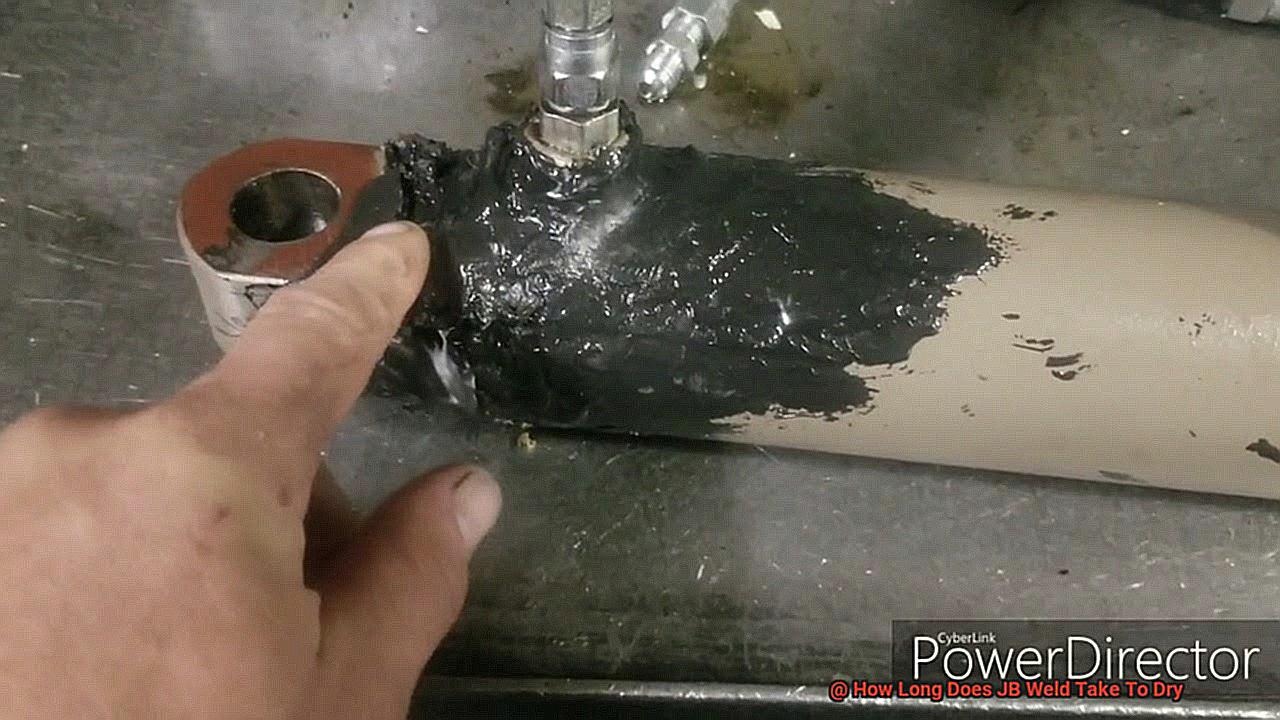
What is JB Weld?
Contents
This two-part epoxy adhesive is a popular choice among DIY enthusiasts and professionals alike for its strength, durability, and easy-to-use formula.
So, what exactly is JB Weld? It’s a two-part epoxy adhesive that consists of a resin and a hardener. When these components are mixed together in equal parts, they create a permanent bond that can withstand extreme conditions like high temperatures, pressure, and vibration. Whether you need to repair cracks and leaks in engines or bond metal parts together, JB Weld has got you covered.
One of the standout features of JB Weld is its versatility. It can be used on a wide range of surfaces such as metal, wood, plastic, ceramic, and more. You can even use it to fill gaps or holes in surfaces or create custom shapes and molds. The possibilities are endless with JB Weld.
But what makes JB Weld stand out from other adhesives on the market? Its bonding properties are top-notch, making it ideal for high-stress environments. It can take on extreme conditions without cracking or breaking, making it an excellent choice for automotive repairs and other industrial applications.
Another great feature of JB Weld is how easy it is to use. The two-part epoxy comes in a syringe or tube that can be easily dispensed and mixed together. Plus, the mixture has a long working time, allowing users to apply it precisely before it begins to set.
It’s important to note that the drying time and curing time for JB Weld may vary depending on several factors such as temperature, humidity, size, and complexity of the project. As such, it’s always advisable to follow the manufacturer’s instructions and allow ample time for the adhesive to dry and cure properly before using or subjecting it to any stress.
Factors Affecting the Drying Time of JB Weld
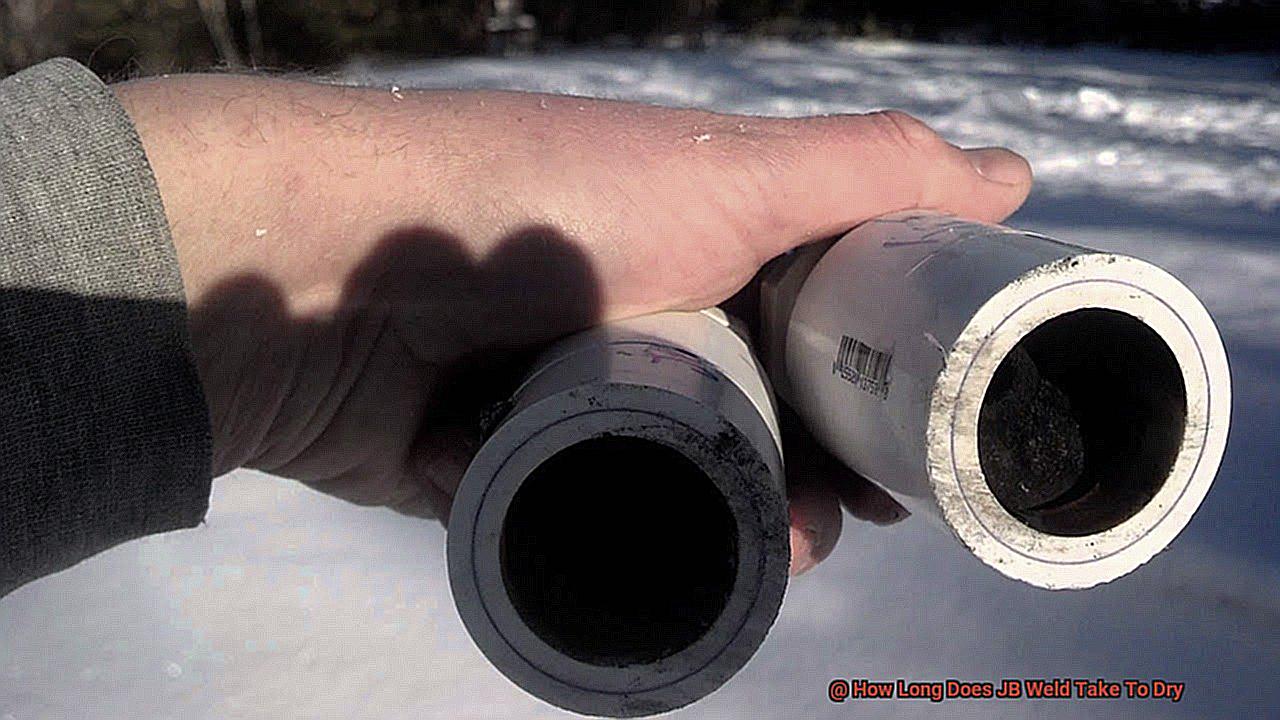
But did you know that the drying time of JB Weld can be affected by several factors? In this post, I’ll explain how temperature, humidity, surface preparation, and application method can impact the drying time of JB Weld.
Firstly, let’s talk about temperature. The hotter it is, the faster it dries. JB Weld will dry optimally if applied at temperatures between 50°F and 90°F. However, if it’s colder than 50°F, expect a longer drying time. Similarly, high humidity levels can slow down the process by keeping moisture from evaporating quickly. To avoid this, apply it in a well-ventilated area with low humidity levels.
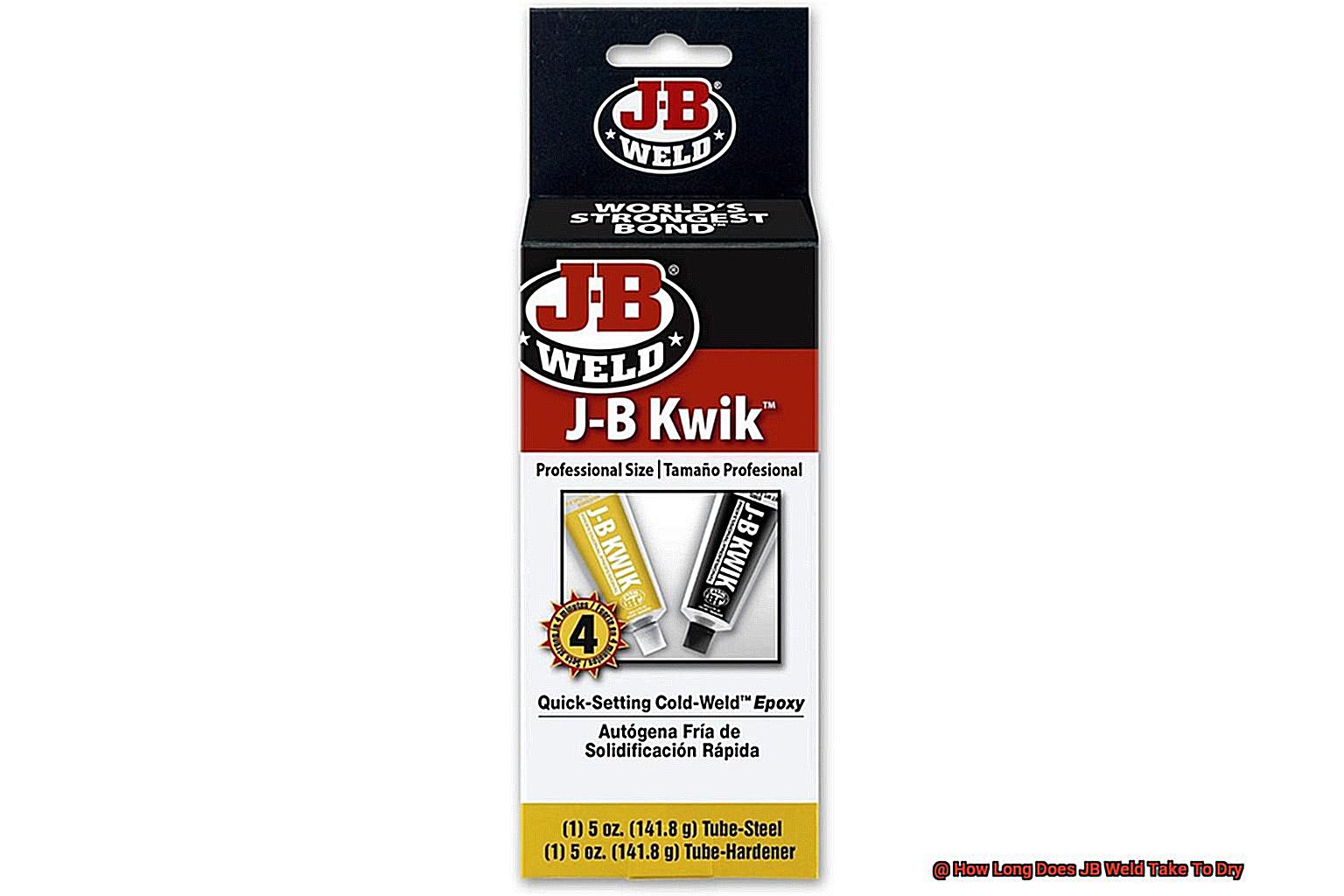
Moving on to surface preparation, it plays a crucial role in ensuring that the bond is strong and the drying time is optimal. Be sure to clean the surface thoroughly and free it from any grease or oil contaminants before applying JB Weld. Using a degreaser or alcohol before application will ensure optimal adhesion and drying time.
Lastly, be mindful of your application method. Applying too much at once will take longer to dry. Instead, apply several thin layers to ensure proper drying. If you’re in a humid or cold environment, use a heat gun or hairdryer to speed up the process.
Manufacturer’s Guidelines for Drying Time
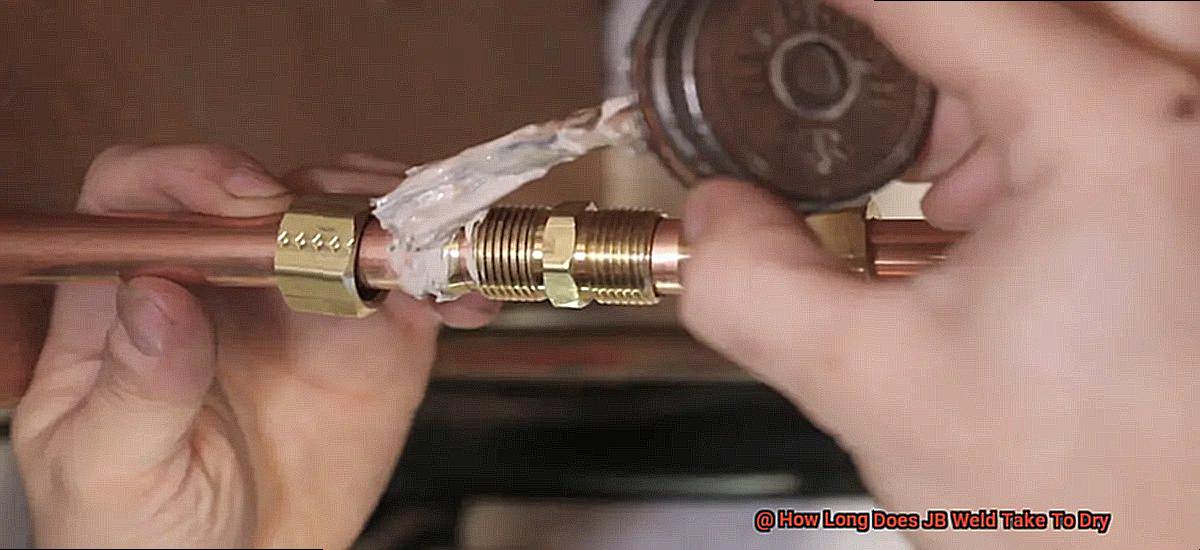
The manufacturer provides specific instructions to ensure that the adhesive sets correctly and creates a long-lasting repair.
According to the manufacturer, JB Weld takes 4-6 hours to set and 15-24 hours to cure fully, depending on various factors such as temperature, humidity, and the thickness of the application. Applying thin layers of adhesive will speed up the drying process, so take your time and apply multiple thin layers instead of one thick layer.
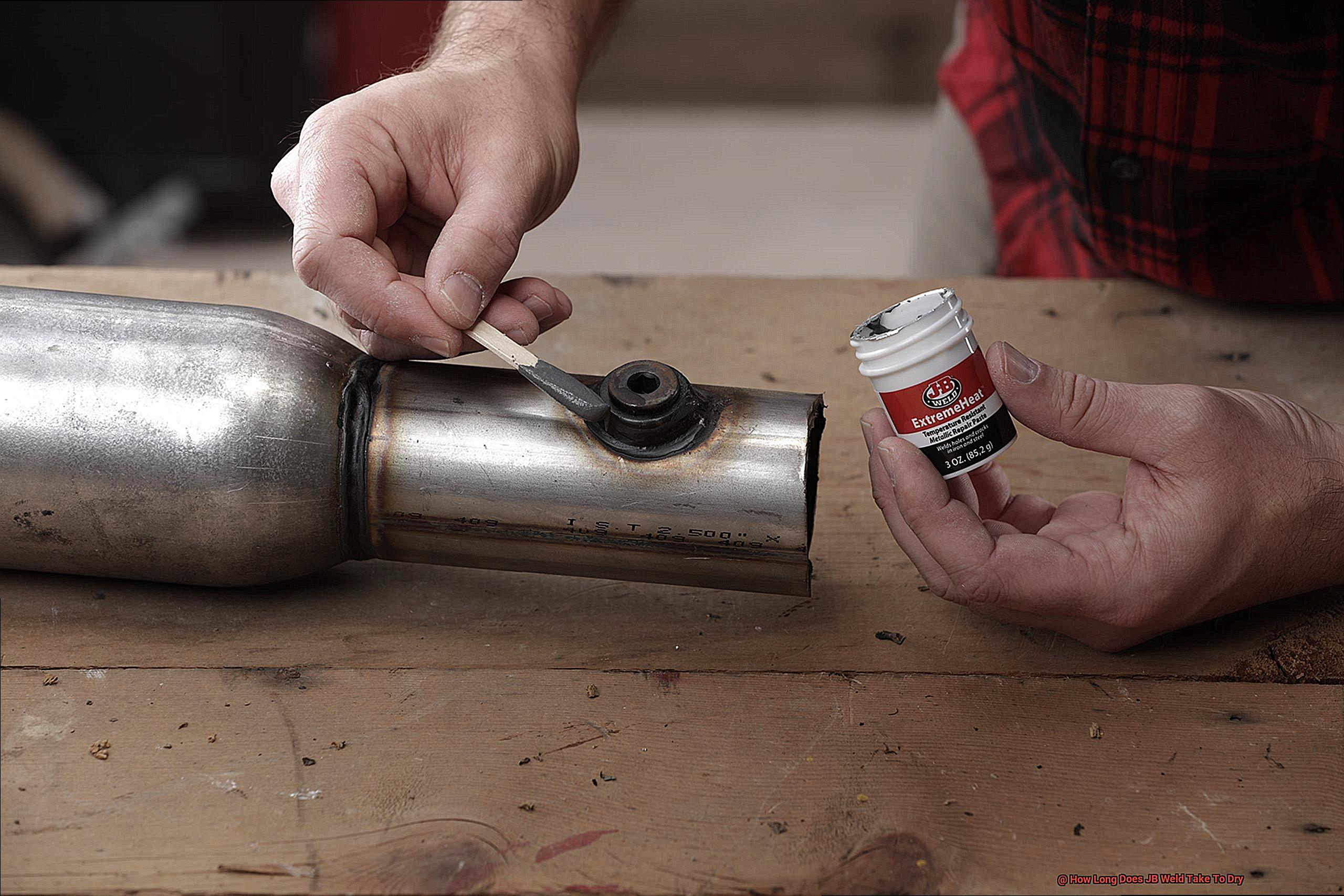
For optimal drying time, it’s recommended to apply JB Weld at temperatures above 50°F (10°C). Working in colder conditions can slow down the drying process, leading to weaker bonds or incomplete curing. If you’re in a hurry, using a heat gun or hairdryer can help speed up the process. However, be mindful not to overheat the adhesive as this could cause damage.
High humidity levels can also prolong the drying time since moisture can affect the curing process. Therefore, it’s essential to keep your work area dry and well-ventilated. Following these guidelines will ensure that you achieve the best results possible.
Remember, rushing the drying process can lead to weak bonds or failed repairs. It’s vital to give enough time for curing to ensure that the adhesive sets correctly and creates a strong bond. Always allow extra time for curing before using the repaired item if you’re unsure.
Tips to Ensure Proper Curing of JB Weld
JB Weld is a fantastic adhesive that can bond almost anything, but it needs to cure properly to be effective. In this post, I’ll share with you five tips to ensure that your JB Weld cures properly and provides a strong and long-lasting bond.
Clean and Prepare the Surface
The first step in ensuring proper curing of JB Weld is to clean and prepare the surface you will be applying it to. Use a degreaser or rubbing alcohol to clean the surface thoroughly, making sure it is free from any dirt, grease or oil. For better bonding, roughen the surface using sandpaper or a wire brush.
Mix JB Weld Properly
Mixing the two parts of JB Weld evenly and thoroughly is crucial for proper curing. Mix equal parts of the resin and hardener thoroughly for at least 2-3 minutes until you get a uniform color. Be careful not to mix too much air into the mixture as this can weaken the bond.
Apply JB Weld in Thin Layers
It’s important to apply JB Weld in thin layers rather than one thick layer. Thick layers may take longer to dry and may not cure properly. Applying in thin layers will help the mixture cure faster and more evenly.
Use Heat to Speed Up Curing
JB Weld cures faster in warm temperatures. You can use a heat gun or place the object in a warm area to speed up the curing process. But remember, don’t overheat as it can cause the material to become brittle.
Allow Sufficient Curing Time
Lastly, allow sufficient curing time before using the repaired object. JB Weld takes 4-6 hours to set and 15-24 hours to fully cure. It’s essential that you allow sufficient curing time before using the repaired item.
Troubleshooting Common Problems with JB Weld
In this section, we will be addressing common problems that can arise while using JB Weld and how to troubleshoot them like a pro.
One of the most common issues you might face is the drying time of JB Weld. While JB Weld is known for its strong bond, it can take some time to dry completely. The drying time varies depending on several factors such as temperature, humidity, and the thickness of the application.
On average, JB Weld takes around 4-6 hours to set and 15-24 hours to cure fully – but this is just an estimate, and drying time can vary based on the conditions mentioned above. For example, colder environments will slow down the drying process, while warmer ones will speed it up. Additionally, a thicker layer of JB Weld will take longer to dry than a thinner one.
If you’re experiencing issues with the drying time of your JB Weld, don’t fret. The first step is to double-check that you are following the instructions on the package correctly. It’s crucial to mix the two components thoroughly and apply them evenly for optimal results.
Suppose you’ve followed the instructions correctly and still have trouble with drying time. In that case, try increasing the temperature in your workspace or using a heat source such as a hairdryer (set on low heat) to help accelerate the drying process. However, be careful not to overheat the JB Weld as this can cause it to become brittle and weaken its bond.
kDT02YamWdE” >
Conclusion
To sum up, JB Weld is a dependable and flexible two-part epoxy adhesive that can bond almost anything. However, the drying time of JB Weld varies due to several factors such as temperature, humidity, and the thickness of the application. The original formula may take up to 24 hours to cure completely, while JB Weld KwikWeld variant dries in only four hours. Temperature and humidity also play a crucial role in the drying time of JB Weld.
To ensure proper curing of JB Weld, it’s essential to clean and prepare the surface thoroughly before applying it. Mixing both parts evenly and thoroughly is also critical for proper curing. Applying thin layers will help the mixture cure faster and more evenly. Using heat to speed up curing is an option but be careful not to overheat as it can cause the material to become brittle.
If you’re experiencing issues with drying time, try increasing the temperature in your workspace or using a heat source such as a hairdryer (set on low heat) to help accelerate the drying process. Always follow manufacturer instructions carefully and allow sufficient curing time before using the repaired item.
In summary, knowing how long it takes for JB Weld to dry is necessary for ensuring a successful repair that lasts.
